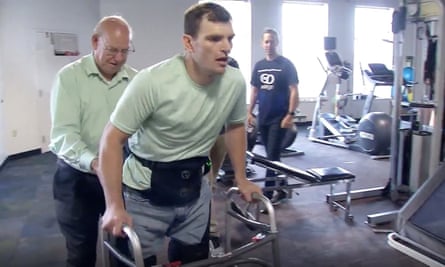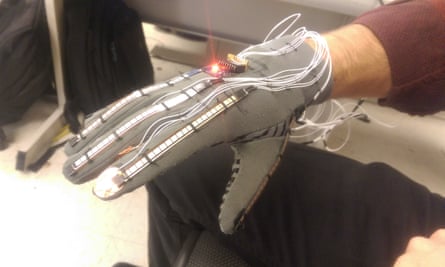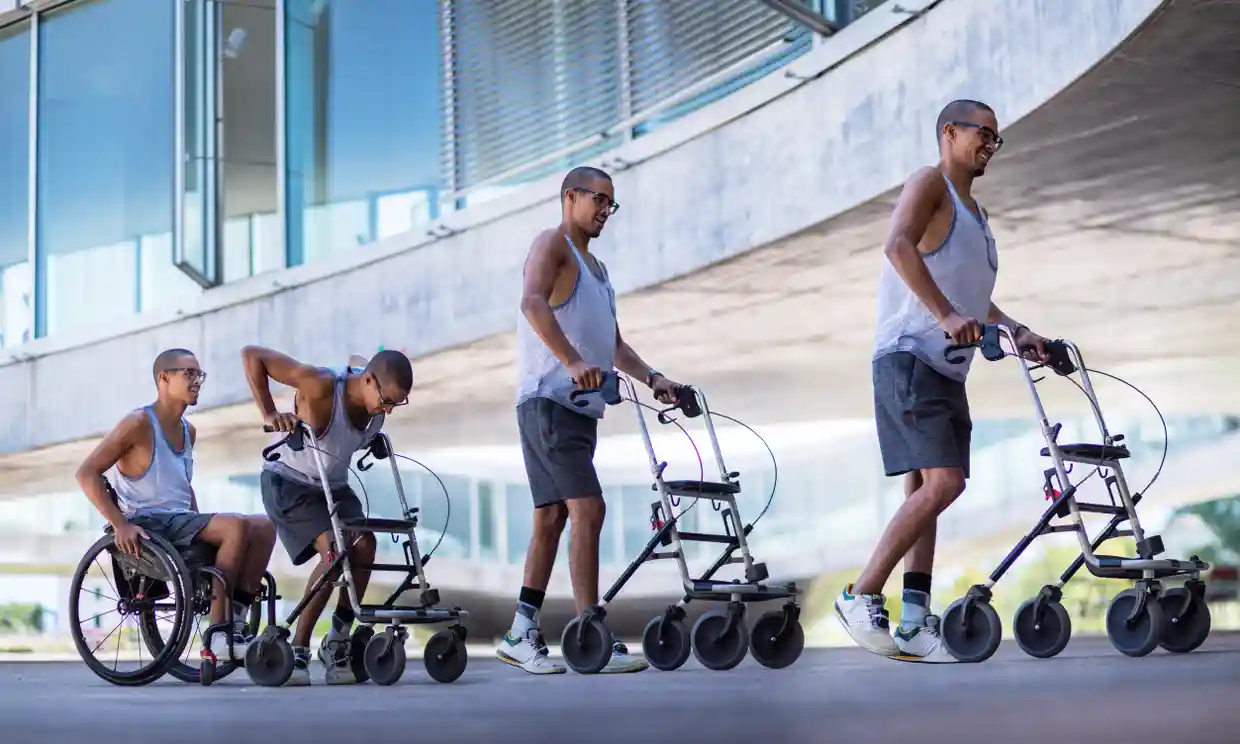Electrical stimulation
Nine years ago, David Mzee was left paralysed by a gymnastics accident and told he would never walk again. Last week, he competed in a charity run during which he walked 390 metres, thanks to an experimental treatment that uses electrical stimulation of the spinal cord to rejuvenate dormant circuits in patients whose spinal breaks are not complete.

Helmet for the blind
Designed by the Chinese organisation CloudMinds, Meta looks like a cycling helmet and uses sensors and cameras to map its environs, sending information to a cloud server to be processed by AI technology. The information can be communicated through speech, helping blind people and those with visual impairments to navigate streets, recognise objects and negotiate traffic lights and crossings.

Next-generation hearing aid
A cochlear implant might be nothing new, but researchers at Columbia University, New York, are working on a “cognitive hearing aid”, which monitors the brain activity of users to identify which voice the listener is focusing on. It then magnifies that audio while quietening surrounding noise, allowing for better hearing.

Bionic exoskeleton
Last week, American Lyle Fleming was able to walk for the first time in six years thanks to an exoskeleton that has been described as a “legged Segway”. Designed to help those with paralysis to stand and walk, a similar wearable robotic frame was approved in 2012 by the US Food and Drug Administration for physical rehabilitation, to be used with crutches or walkers. Future exoskeletons may replace wheelchairs, providing greater mobility and health benefits.







